AARP Hearing Center


The skilled nursing and assisted living beds at SpiriTrust Lutheran, a senior care provider in Pennsylvania, have traditionally been filled almost to capacity. But last year, as COVID-19 ravaged long-term care facilities nationwide, the occupancy rate for those beds plunged from 95 percent to around 70 percent.
It’s only ticked up a few percentage points since then. “Fiscally, it’s been a real challenge,” says Bob Rundle, president and CEO of the nonprofit SpiriTrust Lutheran, which runs six continuing care retirement communities. “Our lost revenue last year was $20 million.”
To save money, SpiriTrust Lutheran shut down many community-based offerings, including its financial counseling, tax assistance and senior companion programs. “I really look at those programs as one of the unsung casualties of COVID,” Rundle says.
Many long-term care operators across the country are in the same position. The median occupancy rate for U.S. nursing homes plummeted during the pandemic, from 85 percent in January 2020 to 68 percent in January of this year, according to an analysis by CliftonLarsonAllen, a professional services firm. While the arrival of vaccines and sharp declines in COVID-19 cases in nursing homes have nudged occupancy back up, it’s still only 74 percent as of September.
A return to pre-pandemic occupancy rates is still far off, given the industry’s battered reputation, ongoing staffing shortages and the spread of the delta variant. Some experts say those rates may never fully rebound in the industry’s current framework, which is dominated by “big-box” for-profit nursing home chains.
In the meanwhile, the vacancies are alarming residents and their advocates, who fear that resident care will suffer, in addition to facility operators. Nursing homes are projected to lose a combined $94 billion between 2020 and 2021, according to a leading industry group, which could affect everything from staffing and activities to food and infection control.
“If you have less money, it’s going to have an effect,” says AARP's Susan Reinhard, senior vice president and director of the AARP Public Policy Institute. “[Facilities] really start tightening down. They have less to spend on residents. Quality tends to suffer.”
A crash in occupancy rates
Occupancy in U.S. nursing homes has been declining since the late 1970s, when roughly 93 percent of nursing home beds nationally were filled. Home- and community-based services — such as senior centers, home-delivery meal programs, personal care services (help with bathing and dressing) and homemaker services — have grown to cater to older Americans who want to age in place. And alternative long-term care facilities, such as assisted living and continuing care retirement communities, have expanded for those who can afford them.
That helps explain why the national average occupancy rate in nursing homes sat at just 80 percent in June 2019, even though more than 550 of the country’s roughly 16,000 nursing homes had closed during the four years prior.
The pandemic accelerated the drops. The coronavirus ravaged long-term care facilities across the country, killing more than 186,000 residents and staff — almost a third of the U.S.’s total COVID-19 fatalities. Most of those deaths — an estimated 150,000-plus — were among nursing home residents, causing many families to stop admitting loved ones to them.
Some facilities, meanwhile, halted new admissions to help prevent further outbreaks. And hospitals canceled elective surgeries, reducing the volume of Medicare-eligible rehab referrals to nursing homes — short-term stays that are many facilities’ most profitable type of income.
Occupancy rates crashed to record lows. And while 2021 has seen some improvements, the climb back is “excruciatingly slow,” Mark Parkinson, president and CEO of the American Health Care Association/National Center for Assisted Living (AHCA/NCAL), told Skilled Nursing News. AHCA/NCAL represents some 14,000 senior care providers.



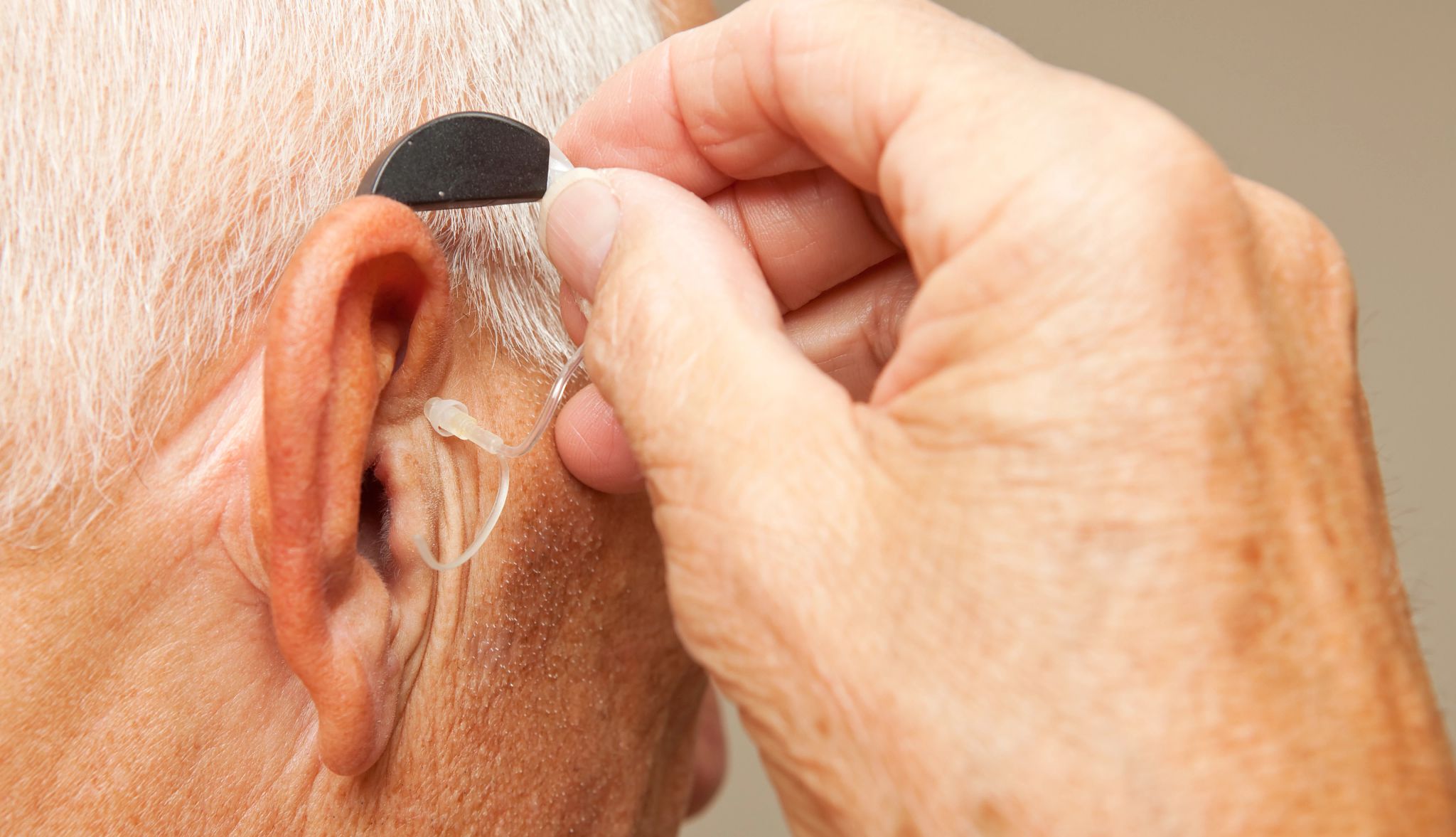












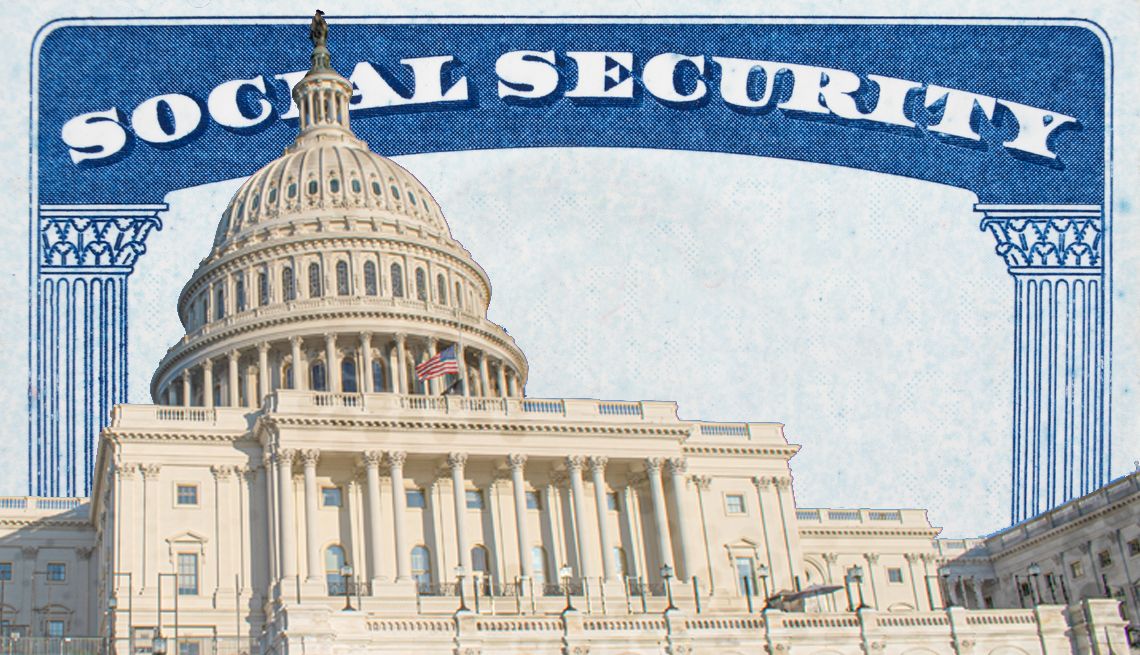






















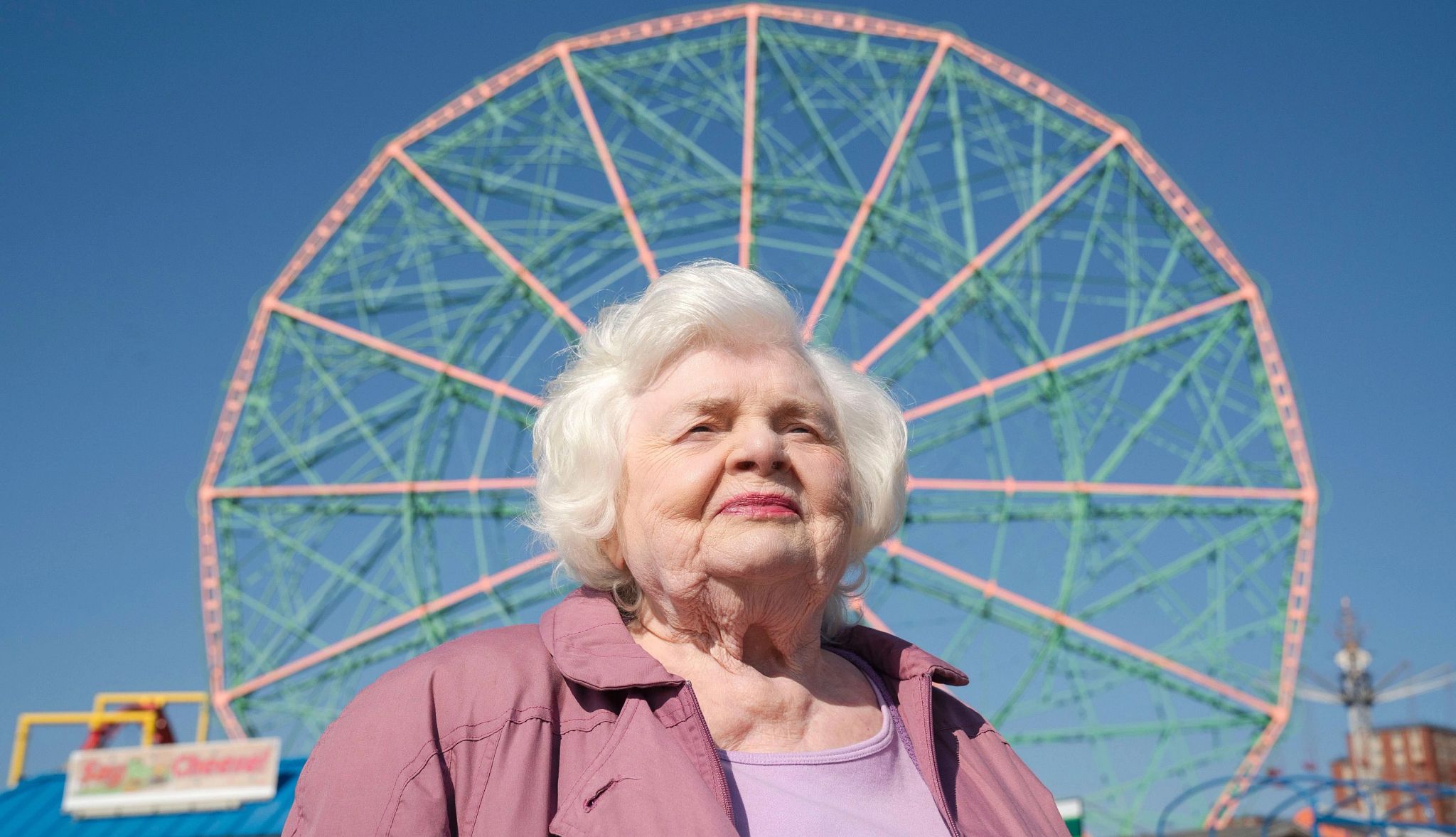






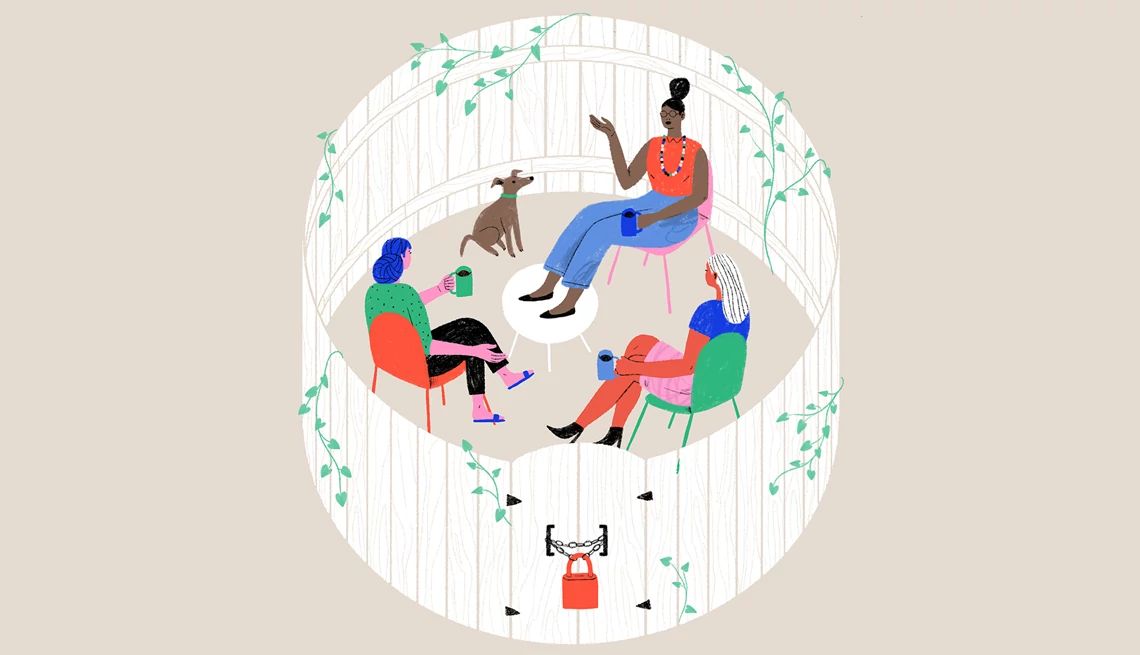




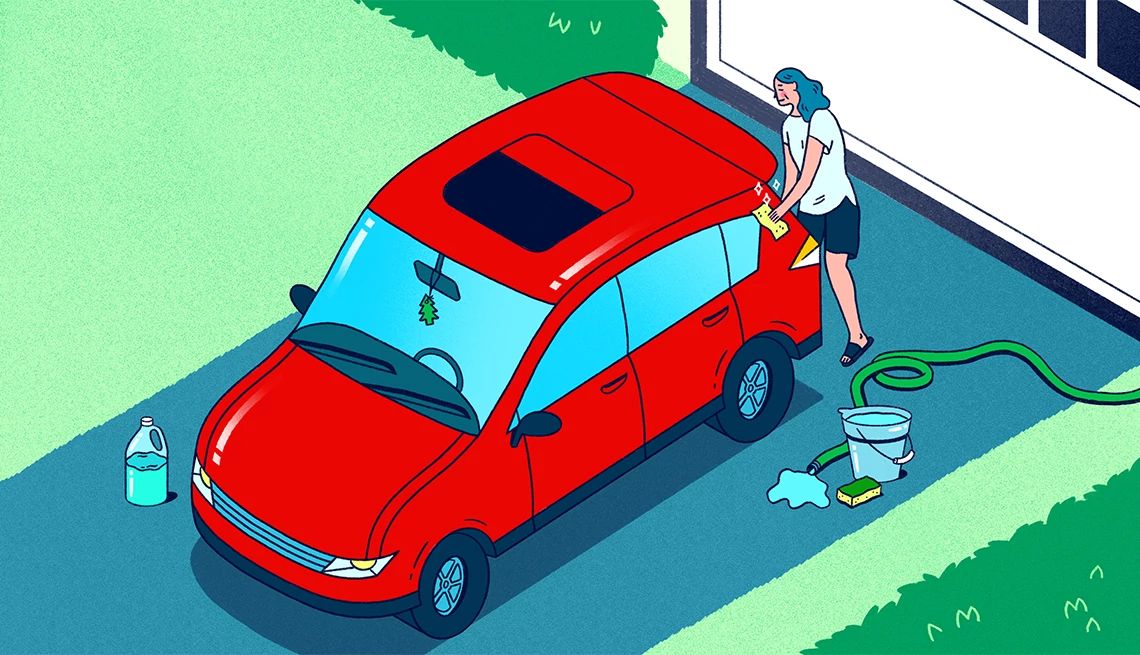














More on caregiving
Nursing Aides With Direct Resident Contact Least Likely to Be Vaccinated
Study suggests unvaccinated staff can spark outbreaks, even if residents have shots6 Shocking Statistics From a Year of COVID-19 in Nursing Homes
More than 170,000 long-term care residents and staff have died